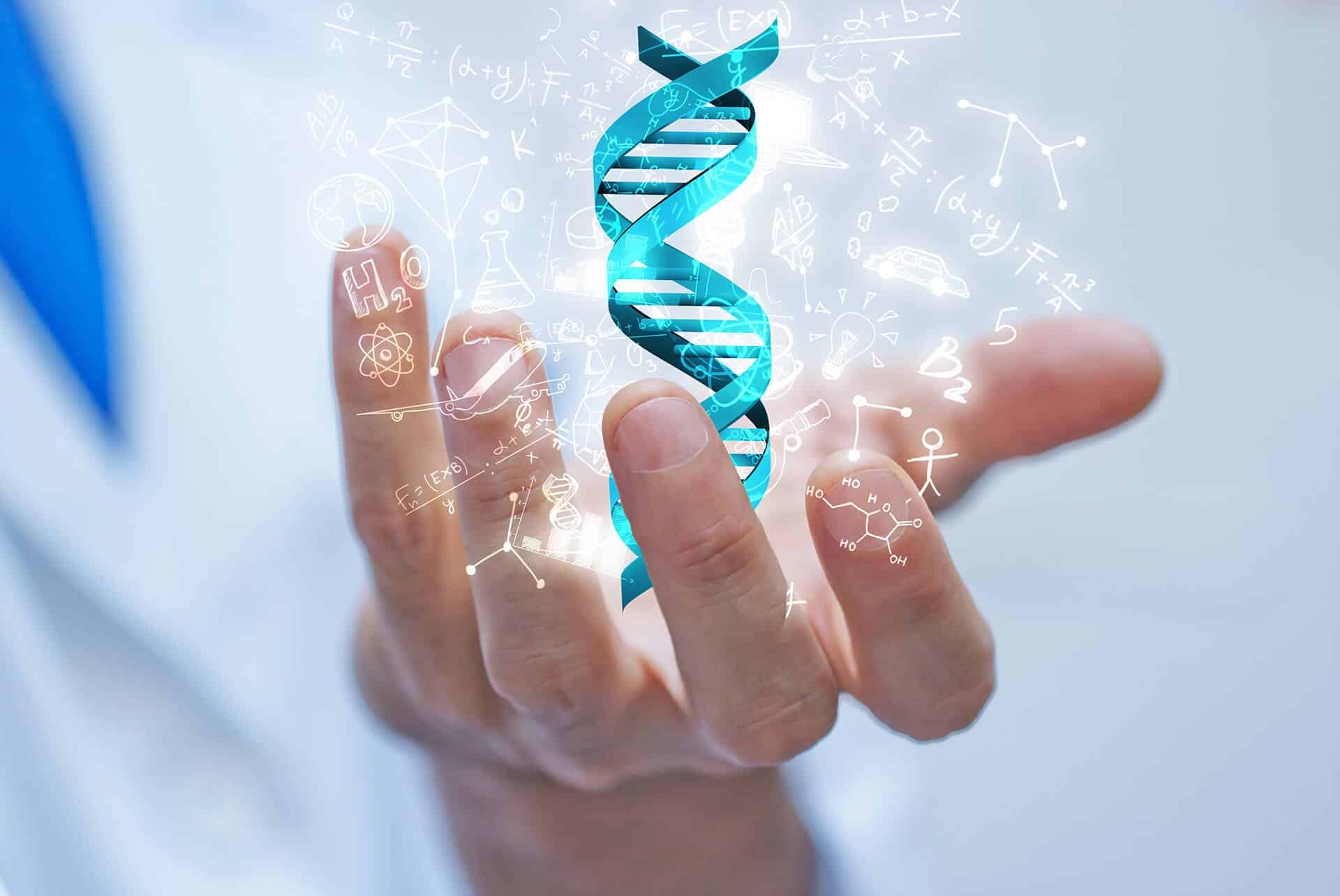13
May
2023
May
2023
Edible DNA
categories: Science 9
- How does this model show:
- This model contains marshmallows and licorice. The marshmallows represent the nitrogenous bases and the licorice represents the Sugar Phosphate backbone.

- What is DNA?
- Deoxyribonucleic acid is referred to by the acronym DNA. All organisms with a life contain DNA. Furthermore, all living creatures share the same DNA molecule structure! DNA resembles a double helix when it is stretched out after being removed from a cell. The backbone and rungs of the DNA ladder are referred to as bases, and their sides are known as the ladder’s sides.
- In DNA, there are four chemical bases: (A) Adenine Guanine, Cytosine, and Thymine
- What does DNA do?
- One of the main things DNA does is carry out genetic information. It is like an instruction manual for how a living organism grows, reproduces and functions. Your DNA is passed on from your parents which is why some of your features are similar to your parents. This could be your hair colour, eyes, skin colour, etc. Another important job the DNA does is converting information into protein which helps make your body.

- How easily DNA can copy itself?
- DNA is a molecule that can be replicated perfectly. Each cell contains DNA that can be used to create all the other cells. A single cell can convert into trillions of cells through this process. The replication uses DNA polymerases which are molecules whose job is to copy DNA. The process of replication takes several hours but in the end you are left with twice the amount of DNA you need. Every time the cell divides, it can takes this excess DNA and give it to the daughter cell and parental cell making them genetically identical.
- Mr. Robinson also demonstrated this in class. When he broke apart the DNA strand (the licorice) the marshmallows toothpicks also separated. This resulted in 2 licorice strands and each one of them having a stick of marshmallow.
- What further questions do you have after building this model?
- What would happen if the DNA has a mutation?
- Answer: If the DNA has a mutation it could go two ways. It could either be beneficial or harmful. If we look at it beneficially, mutations can lead to new variations of protein that can help organisms adapt to changes in the environment. They can increase an organisms chance to grow and reproduce. Examples of positive mutations are, antibiotic-resistant. This allows them to survive in presence of an antibiotic drug.
- If we look at this negatively, harmful mutations can cause genetic disorders. Some disorders include Cancer. Cancer happens when cells start to grow out of control and start forming abnormal masses.
- How and when was the DNA discovered?
- DNA was discovered in 1869 by a Swiss researcher Friedrich Miescher whose original goal was to study the composition of White Blood cells. Instead, he isolated a new molecule he named “Nuclein” from a cell nucleus. This was just the beginning of the DNA and after Friedrich many researchers dove further into studying the DNA.
Bibliography:
4.10: Mutation Effects – Biology LibreTexts
History of DNA – What is DNA & How Was It Discovered? | LunaDNA
